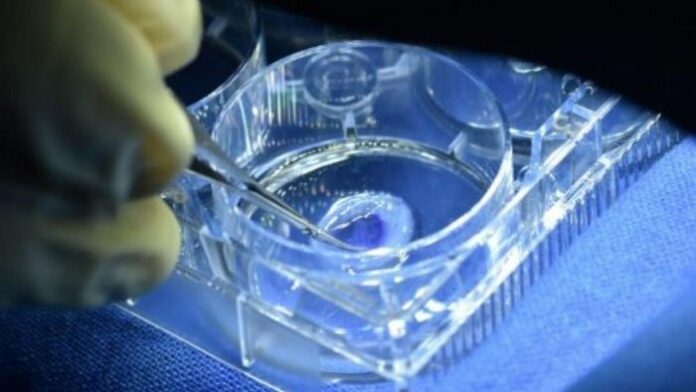A 3D printed cornea can be extremely useful for treating diseases such as corneal scarring or keratoconus.
The very first 3D printed cornea was developed in 2018 at Newcastle University, USA. Since then, the healthcare and research industries saw the development of various forms of artificial eyes. Scientists across the world continuously invest extra miles to make the transplant of this organ effective in their country. Today, Indian scientists have revealed their 3D printed cornea as well.
Developed by the research teams of the Indian Institute of Technology (IIT) Hyderabad, Centre for Cellular and Molecular Biology (CCMB) and LV Prasad Eye Institute, the 3D printed cornea has no synthetic components and is free from animal residues. It is therefore safe for human use.
Dr Falguni Pati, Associate Professor, Department of Biomedical Engineering at IIT-Hyderabad, said “It is a made-in-India product by an Indian clinician-scientist team and the first 3D printed human cornea that is optically and physically suitable for transplantation. The bio-ink used to make this 3D printed cornea can be sight-saving for army personnel at the site of injury to seal corneal perforation and prevent infection during war-related injuries or in a remote area with no tertiary eye care facility.”
So, how did they 3D print this cornea?
The research team used a decellularised corneal tissue matrix and stem cells extracted from a human eye to create a unique biometric hydrogel that was used as the background material for 3D printing the cornea.
“We used a biomimicking approach to provide an optimised micro-environment for stromal regeneration while maintaining the curvature and thickness of the bio-printed cornea to facilitate surgical implantation. We are hopeful about the positive outcome of India’s first 3D bioprinted corneal graft”, Dr Falguni Pati added.
A 3D printed cornea can be extremely useful for treating diseases such as corneal scarring or keratoconus.
“It is a made-in-India product by an Indian clinician-scientist team and the first 3D printed human cornea that is optically and physically suitable for transplantation. The bio-ink used to make this 3D printed cornea can be sight-saving for army personnel at the site of injury to seal corneal perforation and prevent infection during war-related injuries or in a remote area with no tertiary eye care facility.”Remember, you can post jobopportunities in the AM Industry on 3D ADEPT Media free of charge or look for a job via our job board. Make sure to follow us on our social networks and subscribe to our weekly newsletter : Facebook, Twitter, LinkedIn & Instagram ! If you want to be featured in the next issue of our digital magazine or if you hear a story that needs to be heard, make sure to send it to contact@3dadept.com






